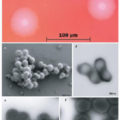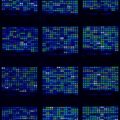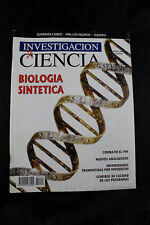
Researchers at Yale University and the National Institute of Standards and Technology (NIST) believe that by applying modern engineering design tools to one of the basic units of life, artificial cells could be built that not only replicate the electrical behavior of electric eel cells but in fact improve on them. These artificial versions of the eel’s electricity generating cells could be developed as a power source for medical implants and other tiny devices, the researchers propose in their paper (appearing in Nature Nanotechnology).
In the paper, NIST engineer David LaVan describes how electric eels channel the output of thousands of specialized cells called electrocytes to generate electric potentials of up to 600 volts. The mechanism is similar to nerve cells where the arrival of a chemical signal triggers the opening of highly selective channels in a cell membrane causing sodium ions to flow in and potassium ions to flow out. The ion swap increases the voltage across the membrane, which causes even more channels to open. Past a certain point the process becomes self-perpetuating, resulting in an electric pulse traveling through the cell. The channels then close and alternate paths open to “pump” the ions back to their initial concentrations during a “resting” state.
Their calculations show that substantial improvements are possible. One design for an artificial cell generates more than 40 percent more energy in a single pulse than a natural electrocyte. Another would produce peak power outputs over 28 percent higher. In principle, say the authors, stacked layers of artificial cells in a cube slightly over 4 mm on a side are capable of producing continuous power output of about 300 microwatts to drive small implant devices. The individual components of such artificial cells – including a pair of artificial membranes separated by an insulated partition and ion channels that could be created by engineering proteins – already have been demonstrated by other researchers. LaVan says that like the natural counterpart, the cell’s energy source would be adenosine triphosphate, synthesized from the body’s sugars and fats using tailored bacteria or mitochondria.
Related:
Bio-Engineered Yeast Cranks Out Drugs
Evolutionary Algorithms Used To Design A Better Leaf
GM Bacteria Creates Living Photographs
Designed By Mother Nature










Comments are closed.